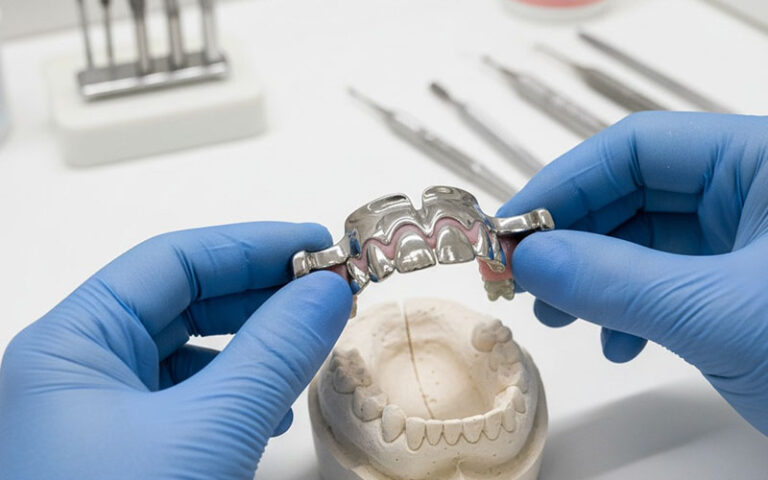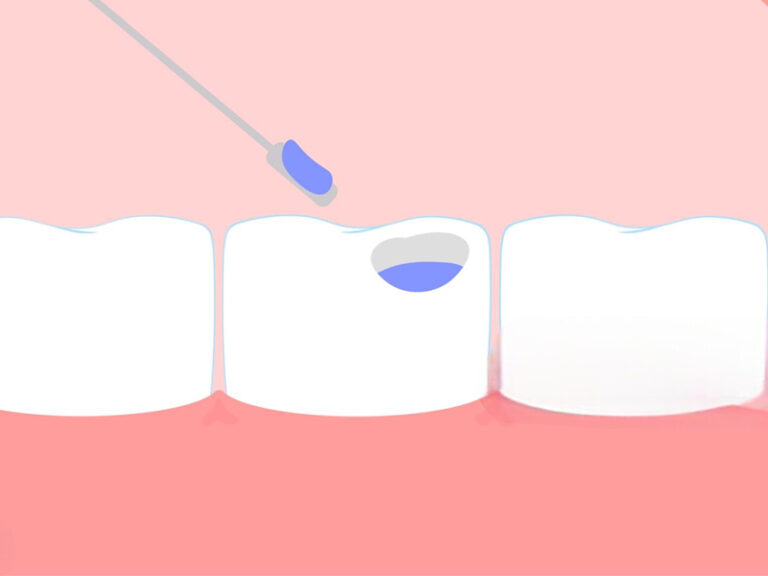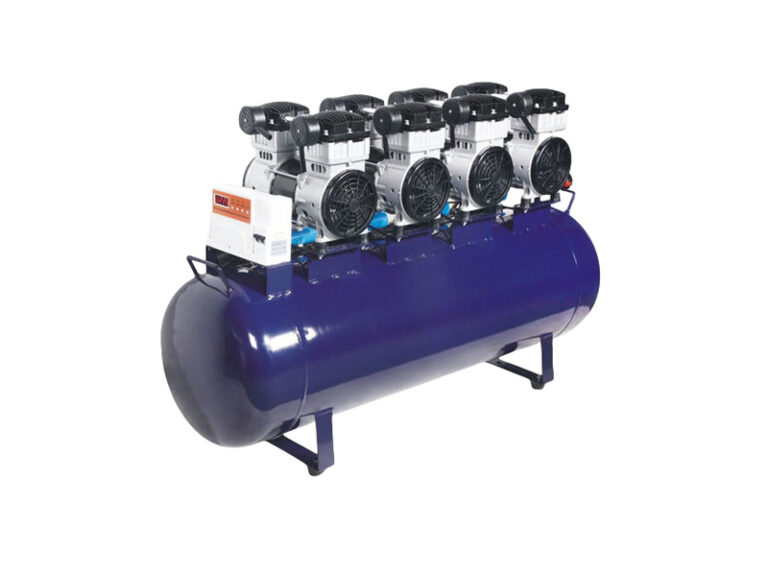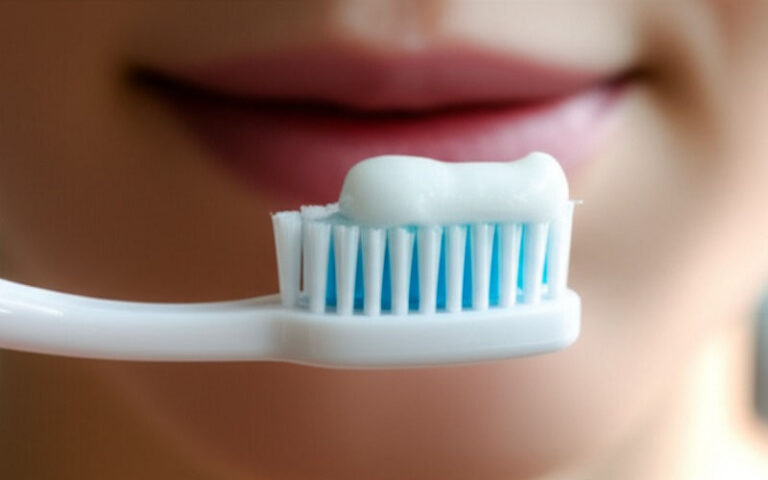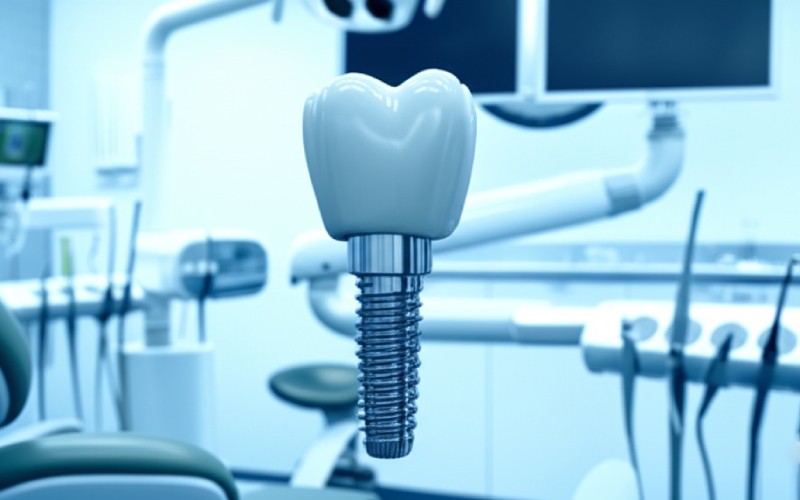
Healing Abutments vs. Cover Screws: Which Is Right for Your Dental Implant?
Getting a dental implant is a big step to get your smile back your confidence and your ability to munch on your favorite foods. It’s a smart move for your health. But after the implant post—that little titanium screw that acts like a new tooth root—is in your jawbone a very important healing stage kicks off. This is where the cool part called osseointegration happens. It’s how your bone actually grows onto the implant making it a solid part of your jaw.
During this healing time your implant needs protection and the gums around it need to be shaped the right way. So a choice has to be made. Will your dentist use a healing abutment or a cover screw?
You’ve probably heard these words thrown around and wondered what on earth they mean. What’s the difference? Why pick one over the other? And what does it mean for you? Let’s clear up what these two parts are. We’ll break down what they do why they’re used and how your dentist picks the best one for your smile.
Table of Contents
The Healing Abutment (The One-Surgery Way)
Picture this. You just got a new door frame put in. To keep the opening perfectly shaped while the wall dries you might pop in a temporary doorknob. It pokes out holds the space open and preps it for the real hardware.
A healing abutment is a lot like that.
After your dentist places the implant in your jaw they can screw a healing abutment right on top. This piece is a little metal cap that sticks out just past your gums. You might even see its shiny silver top if you peek in the mirror.
Its main job is to shape your gums. As your gums heal over the next few weeks they heal around the abutment. This is a huge plus because it starts making the nice natural shape for your future tooth right away. We call this transmucosal healing because it heals right through your gums.
Since the abutment goes on during the first implant surgery we call this one-stage implant surgery. You get one procedure done and then you just wait for your bone to heal.
When is a Healing Abutment a good idea? Your dentist will probably suggest a healing abutment when:
- The implant is super steady from the start. This is key. It means the implant is screwed into your bone tightly like a screw in a solid piece of wood. It doesn’t wiggle at all.
- You have plenty of healthy gum tissue. Strong gums are great at healing around the cap and help with how it looks in the end.
- The implant is in the back of your mouth. You might see the metal top but it’s small and not in your smile line so it’s not a big deal.
- The goal is to speed things up. Avoiding a second surgery saves you time and a trip back to the office.
The Cover Screw (The Two-Surgery Way)
Now let’s imagine something else. Instead of a door think about planting a tiny seed in a garden. To give it the best shot at growing strong roots you’d plant it deep cover it with dirt and maybe put a little stick there so you know where it is. You protect it from everything so it can grow undisturbed.
This is the whole idea behind the cover screw.
A cover screw is a tiny flat screw that your dentist puts right on the implant. It sits perfectly flat on top. Then your dentist stitches your gums right over it hiding it completely from your mouth. The implant is basically “buried” under your gums so it can heal in a totally clean safe space. This is known as submerged implant healing.
Because the implant is hidden it needs a second small surgery after the bone has healed (usually 3-6 months later). In this implant exposure surgery the dentist makes a small opening to find the implant takes out the cover screw and puts on a healing abutment. That abutment then starts shaping the gums for your final tooth.
This whole thing is called two-stage implant surgery. One surgery to place the implant and a second one to uncover it.
When is a Cover Screw the best choice? Your dentist will often go with a cover screw when:
- You needed a bone graft. If you had a bone graft or a sinus lift to add more bone the cover screw protects that new bone while it gets strong. It’s like a “Do Not Disturb” sign for the area.
- The implant isn’t as tight as they’d like. If the bone is a bit soft the implant needs to be protected from any chewing pressure so it doesn’t get loose.
- The implant is in the “smile zone.” For front teeth dentists often like the two-stage way. It lets them shape the gums perfectly during the second surgery for a result that looks great and is less of a gamble.
- The patient has health risks. For smokers or people with issues like diabetes that make healing slower the extra protection of a cover screw can lower the risk of infection and help the osseointegration succeed.
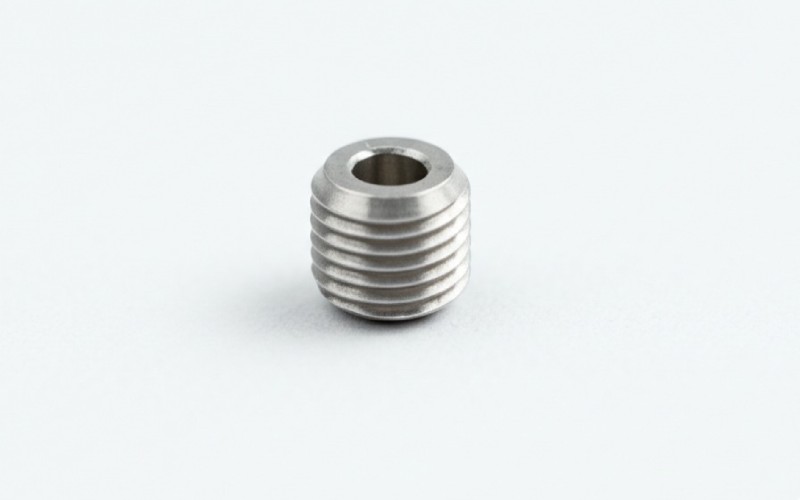
What’s the Difference for You? A Quick Comparison
So what does this all mean for you? Let’s lay out the differences between a one-stage surgery (healing abutment) and a two-stage surgery (cover screw).
| Feature | Healing Abutment (One-Stage) | Cover Screw (Two-Stage) | What This Means for You |
|---|---|---|---|
| Number of Surgeries | Just one surgery. | Two surgeries (one to place one to uncover). | The one-stage way means fewer surgeries and less time at the dentist. |
| How It Heals | Through the gums. You can see the cap. | Under the gums. The implant is buried. | A buried implant is totally safe from your mouth’s environment which lowers the chance of infection or getting bumped early on. |
| Shaping the Gums | Gums get shaped right away as they heal. | Gums are shaped in a second procedure months later. | The one-stage way can mean faster gum healing but the two-stage way gives more control over the final gum shape especially for front teeth. |
| What It’s Like for You | One healing period. You have to keep the cap clean. | Two shorter healing periods. The first healing is simpler. | Your comfort and number of visits will be different. Two-stage takes longer from start to finish but the first healing might be easier since it’s all stitched up. |
| The Risks | Small risk of bumping the cap or getting food stuck around it. | Almost no risk while the bone heals. Risk is tied to the second small surgery. | The choice is often about managing risk. If your bone is great the risk with a healing abutment is low. If the area is tricky a cover screw is the safe choice. |
| Getting Your Crown | A quicker path to your final tooth. | Needs an extra step (the second surgery) before you can get the crown. | The one-stage way can make the whole process from implant to new tooth faster. |
The Upside: Good Things About Healing Abutments
It’s easy to see why the one-stage way is so popular when it’s an option. The perks are pretty big for both you and your dentist.
- Fewer Surgeries Less Hassle: This one’s a no-brainer. By putting the healing abutment on at the same time as the implant you don’t need a second surgery. That means one less appointment one less shot and one less recovery time. It makes the whole thing simpler.
- Great Gum Shaping: The healing abutment is like a perfect guide. As your gums heal they form a nice little collar around it. This creates a good-looking and healthy shape for the way the tooth seems to pop out of the gums. This reliable healing can make it look much better without extra work later.
- A Faster Path to Your New Smile: Because you skip the second surgery and its healing time your path to getting your crown can be much shorter. Once the implant is solid in the bone your dentist can often move right on to making your final tooth.
Playing It Safe: Why Cover Screws Offer the Best Protection
While one surgery sounds great sometimes a slower safer approach is the smart play. The two-stage plan with a cover screw is all about security.
- The Safest Way to Heal: Think of it as an insurance policy for your implant. By burying the implant under the gums it’s completely protected from chewing your tongue and germs. This is so important when the primary stability isn’t rock-solid at first or if you had a guided bone regeneration (GBR) procedure. It gives the implant and new bone the peace and quiet they need to become one.
- Lower Risk of Early Problems: With the implant sealed off the risk of an early infection or peri-implantitis (inflammation around the implant) drops way down. This is a big deal for patients who might heal slowly making sure the implant has the best chance to last a long long time.
- The Best Control Over How It Looks: For your front teeth every little bit of gum matters. The two-stage method gives your surgeon a “blank canvas” of healed gums. During the second surgery they can carefully shape the gums just right to get the most natural and beautiful result. This helps save the papilla (that little triangle of gum between your teeth).
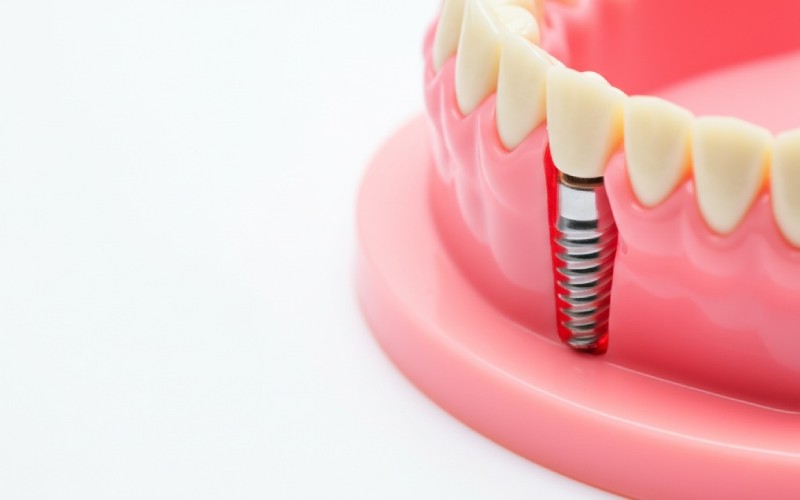
The Deciding Vote: How Your Dentist Chooses
So how does your dentist make the call? It’s not a one-size-fits-all thing. It’s a mix of science and what your dentist knows from experience.
Your dentist will likely choose a HEALING ABUTMENT if:
- You have strong dense bone. The implant goes in and feels solid.
- The spot is healthy with no infection and lots of thick gum tissue.
- You didn’t need a major bone graft when the implant was placed.
- You’re good at following instructions and will keep the area clean and won’t mess with it.
- The plan is to make things simple and fast for you.
Your dentist will almost definitely choose a COVER SCREW if:
- The implant is a little loose at first. The bone might be soft and the implant needs to be kept safe from any movement.
- You had a bone graft or sinus lift. This is the biggest reason. The new bone needs months of quiet time to turn into solid bone.
- It’s a front tooth where looks really matter and very careful gum shaping is planned for later.
- You have health risks like uncontrolled diabetes or you’re a heavy smoker which can mess with healing.
- There’s a higher chance of infection or you’ve had gum disease there before.
This decision is a perfect example of prosthetic-driven implantology—where the plan for the final tooth guides every single step from the start.
What to Look For: Potential Problems (And How They’re Fixed)
Both ways work great most of the time with success rates over 95% but it’s good to know about things that can go wrong.
With a Healing Abutment (One-Stage):
- Keeping It Clean: It can be hard to clean around the cap. If plaque builds up your gums can get sore. Your hygienist will show you how to use special brushes to keep it sparkling clean.
- The Cap Gets Loose: Rarely the abutment might get a little loose. If it does call your dentist right away so they can tighten it. It’s usually a quick fix.
- Gums Shrinking: If your gums are thin they might pull back from the cap a little while healing. This is why thicker gums are better for this method.
With a Cover Screw (Two-Stage):
- The Second Surgery: Even though it’s a minor surgery it still means a small cut stitches and a little bit of healing time with some swelling or soreness.
- It Takes Longer: The biggest downside for patients is just the waiting game. It adds a few months to the whole process.
- The Cover Screw Peeks Through: Once in a while the gum can get thin and the cover screw might start to show. This isn’t usually a big deal but let your dentist know so they can keep an eye on it.
Your Game Plan: Working with Your Dentist for a Great Result
The choice between a healing abutment and a cover screw isn’t about which one is “better.” It’s about which one is better for you for this specific tooth at this specific time.
- A healing abutment is a simple quick one-step fix when everything is just right.
- A cover screw is a super-safe two-step plan when the implant needs a little extra help to succeed.
The best thing you can do is talk openly with your dental team. They use cool tools like CBCT scans (3D X-rays) to check out your bone and plan the surgery very carefully. They’ll explain why they recommend one way over the other for what your mouth needs and what you want.
In the end both ways get you to the same great place: a strong stable and beautiful new tooth that can last a lifetime. Knowing what’s happening helps you feel more in control of the whole process.

